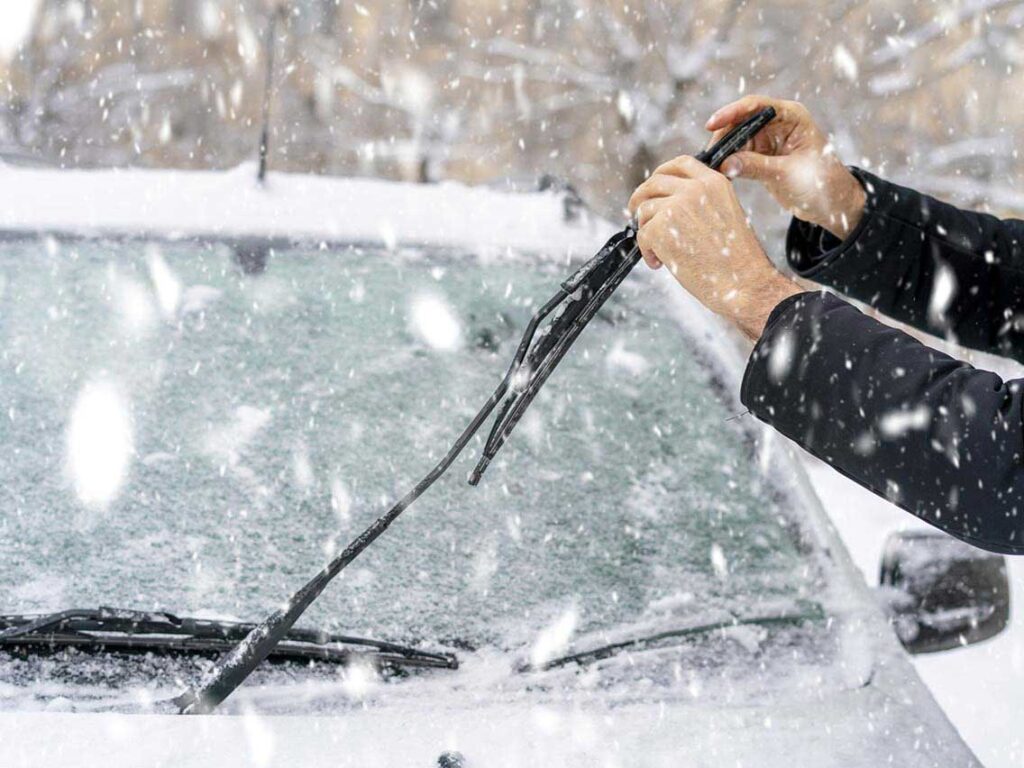As the winter weather has been worsening in recent years, the government has started urging motorists across the country to “make time for winter” with regard to their vehicles, in a bid to drive down motor-related accidents during the colder months. Here is a quick list of the main ways in which you can prepare your vehicle for winter.

Inspect Tyres
Your tyres should be the first thing that comes into consideration when the colder days begin to draw in. If your tyres have a shallow tread, or are worn and nearing the legal limit of 1.2mm depth, you could be in for a season of reduced traction and slipping – whether in 3 feet of snow or simply in wet conditions. Consider replacing your tyres with cheap fitted tyres to weather the worst of the weather, and give you more grip in wet and snowy conditions.
Check Tyre Pressure
The colder it gets, the lower the atmospheric pressure – and so too with the pressure in your tyres. You might find yourself underinflated if you don’t top up your tyre pressure when it gets cold. Underinflated tyres increase the surface area of your tyre against the road, which – while in some cases can help you out of ruts – can often mean you don’t make proper contact with the road through thick snow, resulting in reduced traction. Meanwhile, overinflated tyres are more rigid, meaning you are more likely to slip in wet conditions or snow and sludge.
Change Oil
Old engine oil accumulates dust and debris created by your engine, making it denser can giving it different properties. As the temperature drops, old oil can get sticky and provide less lubrication to crucial parts of your engine. Changing your oil for cleaner oil is a sure-fire way to keep your engine running even in the depths of winter.
Add Proper Coolant
Coolant is not something you have to contend with particularly often, with kinds often lasting up to 150,000 miles. But not putting the right variety in your car can cause issues further down the line, depending on the kind of car you own. Do your research and find out what kind of antifreeze your car would benefit from; HOAT antifreeze contains additives for engine protection, and can keep your car running healthily across the season.
Pack a Winter Safety Kit
Create a kit in your boot, in preparation for winter’s more extreme turns in weather. This kit might include anti-slip mats for driving your car out of snowdrifts, snow socks for your tyres, extra de-icer for your mirrors and windows, and – very importantly – extra clothing for extra-cold weather.
Test the Battery
Chemical reactions take more time to occur in colder weather, meaning car batteries deliver less current during the winter, and can be quicker to fail you as a result. Test your battery before winter properly begins, and make sure it can provide enough charge to keep your electrical systems running throughout – otherwise, you may need to replace it.





